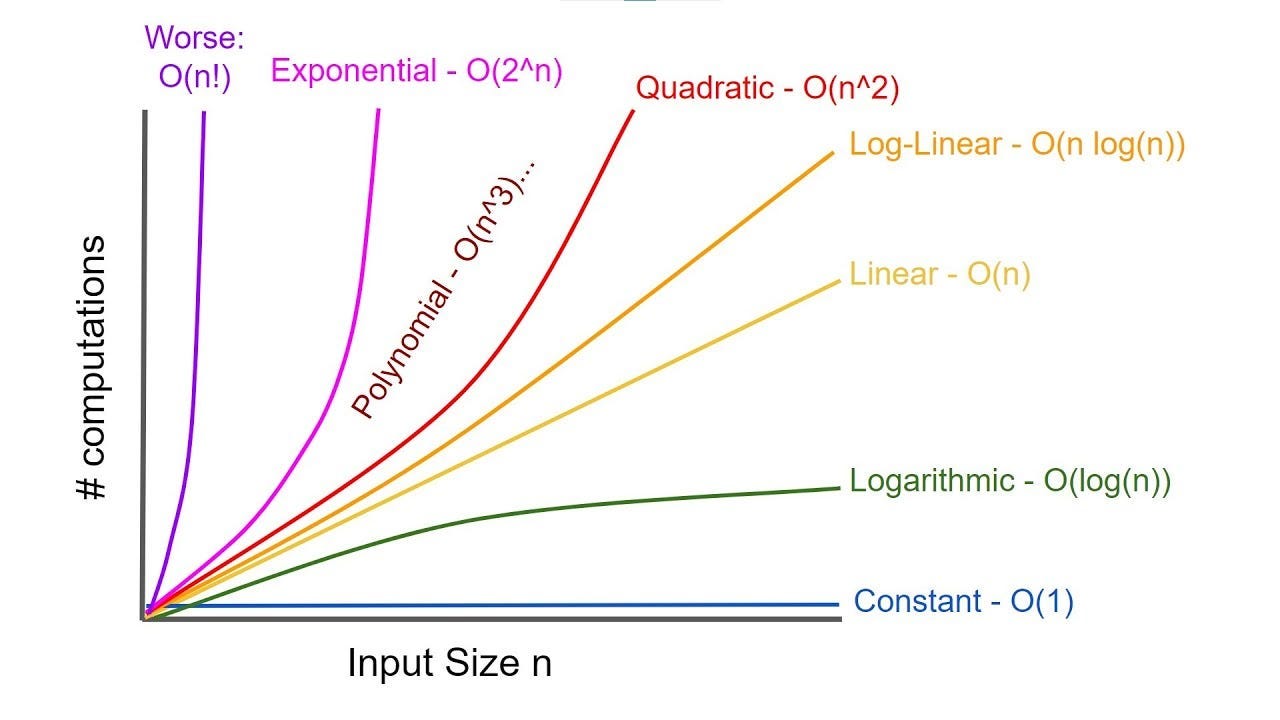Understanding HTTP Methods
The Hypertext Transfer Protocol (HTTP) is the foundation of data communication on the web. When interacting with web servers, clients (like browsers or apps) use different HTTP methods to request or modify resources. These methods, also called HTTP verbs, indicate the action that the client wants to perform on the server. Let’s explore the most … Read more





